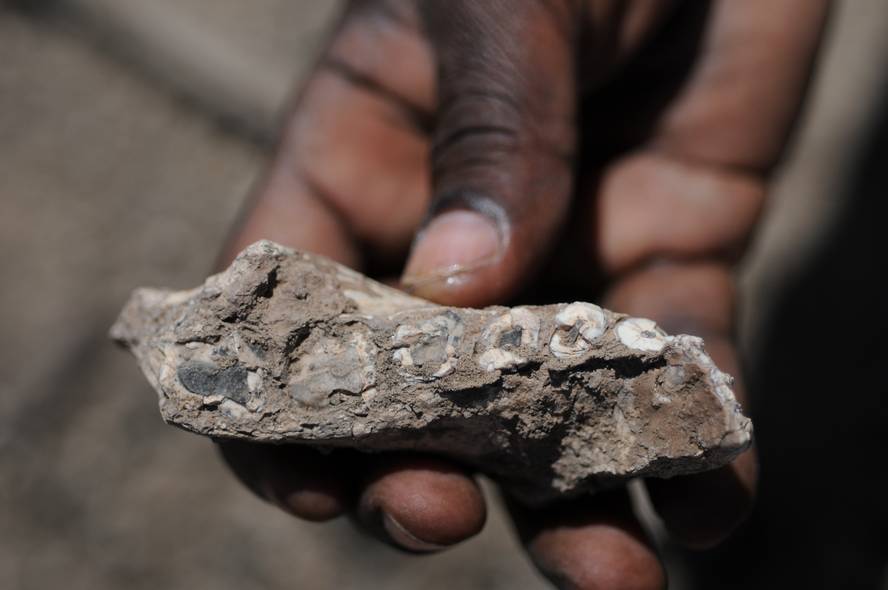In the Australopithecan era it is also plural and ensemble
There is another species of hominin that lived in the same time and area of the known Lucy, A. afarensis: Australopithecus deyiremeda. The discoverers, led by Yohannes Haile-Selassi at the Cleveland Museum of Natural History, have stated that the fossils, three fragments of jaws, date back from 3.5-3.3 million years ago, and have stressed that the characteristics of fossils are different from contemporary species, which has led them to consider them as unique species. The discovery has been published in the journal Nature.
The fossils of the new species of Australopit have been found in the area of Waronso Mille, in the center of the Ethiopian region of Afar, not far from where the famous fossil Lucy was discovered (only 35 km north is Hadar). According to the researchers, the discovery would show the coexistence of at least two species of australopitheces at the same time and very close to each other.
However, they are not both the only hominids living in the middle Pleistocene in East Africa. In 2001 the species Kenyanthropus platyops was described in the Kenyan deposit Lomekwi, also 3.5-3.3 million years ago. In fact, some of the characteristics of the jaw of the newly proposed species coincide with A. afarensisen and others with K. Platyopsenakin.
According to the researchers, all these findings indicate a great diversity among the hominids that populated Africa in the Middle Pleistocene, apparently as in later stages of human evolution, and that geographically some of them lived very close. There is knowledge of the environmental factors that determined the hominic diversity in East Africa, as well as the genealogical relationship between these species or between them and their subsequent hominids.






